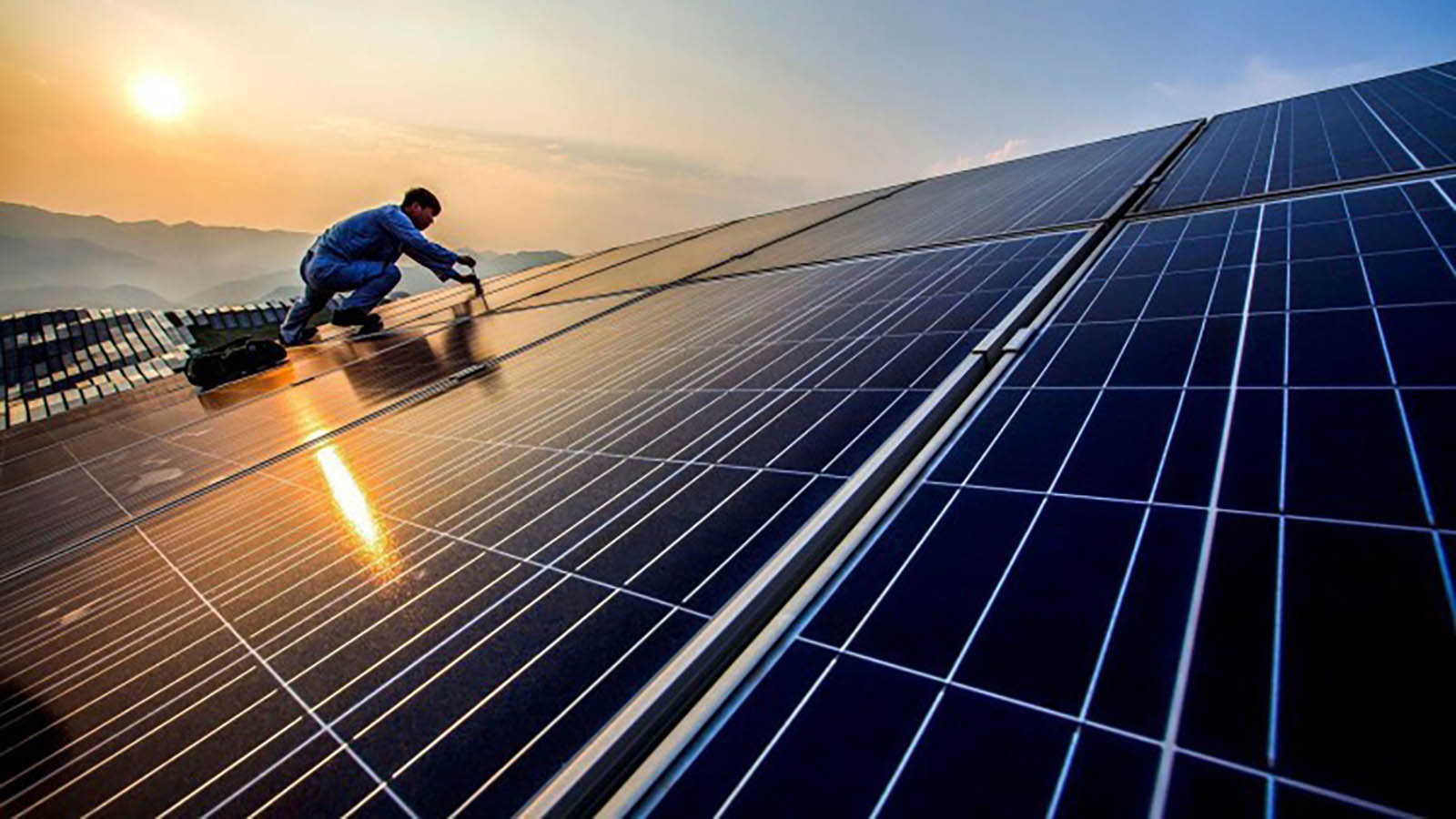
What are Photovoltaic (PV) Systems and How to Use them in a Smart Home?
Solar Photovoltaic (PV) systems generate clean electricity directly from sunlight, offering a powerful way to reduce reliance on the grid and cut energy costs. In a modern smart home, these systems become much more than simple power sources.
This article explores the components of residential PV systems and details how integrating their real-time data allows a smart home to intelligently manage energy consumption, storage, and grid interaction, maximizing efficiency and sustainability.
Contents
- What are Photovoltaic (PV) Systems?
What are Photovoltaic (PV) systems and what to they do? - Core Components of PV Systems
What comprises a Solar Photovoltaics system and which components are relevant to a smart home? - Integrating Solar Production Data into Your Smart Home
How to access solar production data and integrate it into your smart home? - Solar Energy Management in a Smart Home
How to manage solar energy in your smart home? - The Ultimate Solar Smart Home
How to build the ultimate solar smart home with real-time actionable insight?
What are Photovoltaic (PV) Systems?
Solar Photovoltaic (PV) systems, also known as solar panel installations, are systems that convert sunlight into usable electricity for your home. These systems allow you to generate your own clean energy, reducing your reliance on grid electricity, lowering bills and decreasing your carbon footprint.
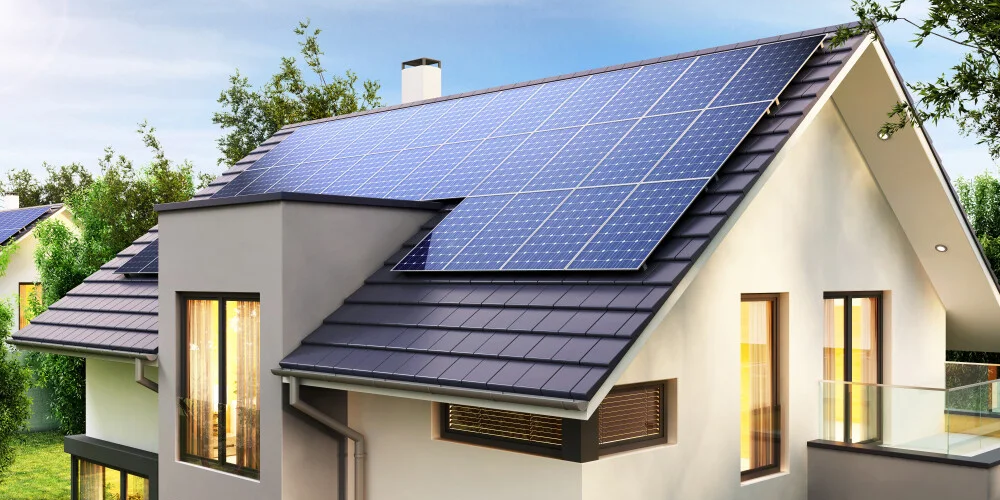
From a smart home perspective, PV systems are more than just a power source. They are intelligent assets that enable advanced energy management, allowing your home to dynamically optimize energy consumption, storage, and even interaction with the grid based on real-time production and economic factors.
Understanding Core Components of PV Systems
A residential solar PV system is made of several interconnected parts. Knowing what each component does helps you understand how to optimize and leverage solar energy in your smart home.
Solar Panels
Solar Panels are devices that absorb sunlight and convert it into electricity or heat. They are the most visible part of a PV system, typically mounted on your roof or ground arrays. Solar Panels are made of photovoltaic cells (usually silicon-based), which generate direct current (DC) electricity. The number and type of panels determine your system's overall power generation capacity.
Inverters
The inverter is the brain of your photovoltaic system. This crucial device converts generated DC electricity from your solar panels into alternating current (AC) electricity. As AC is what your home uses, the inverter is an essential part of any PV system.
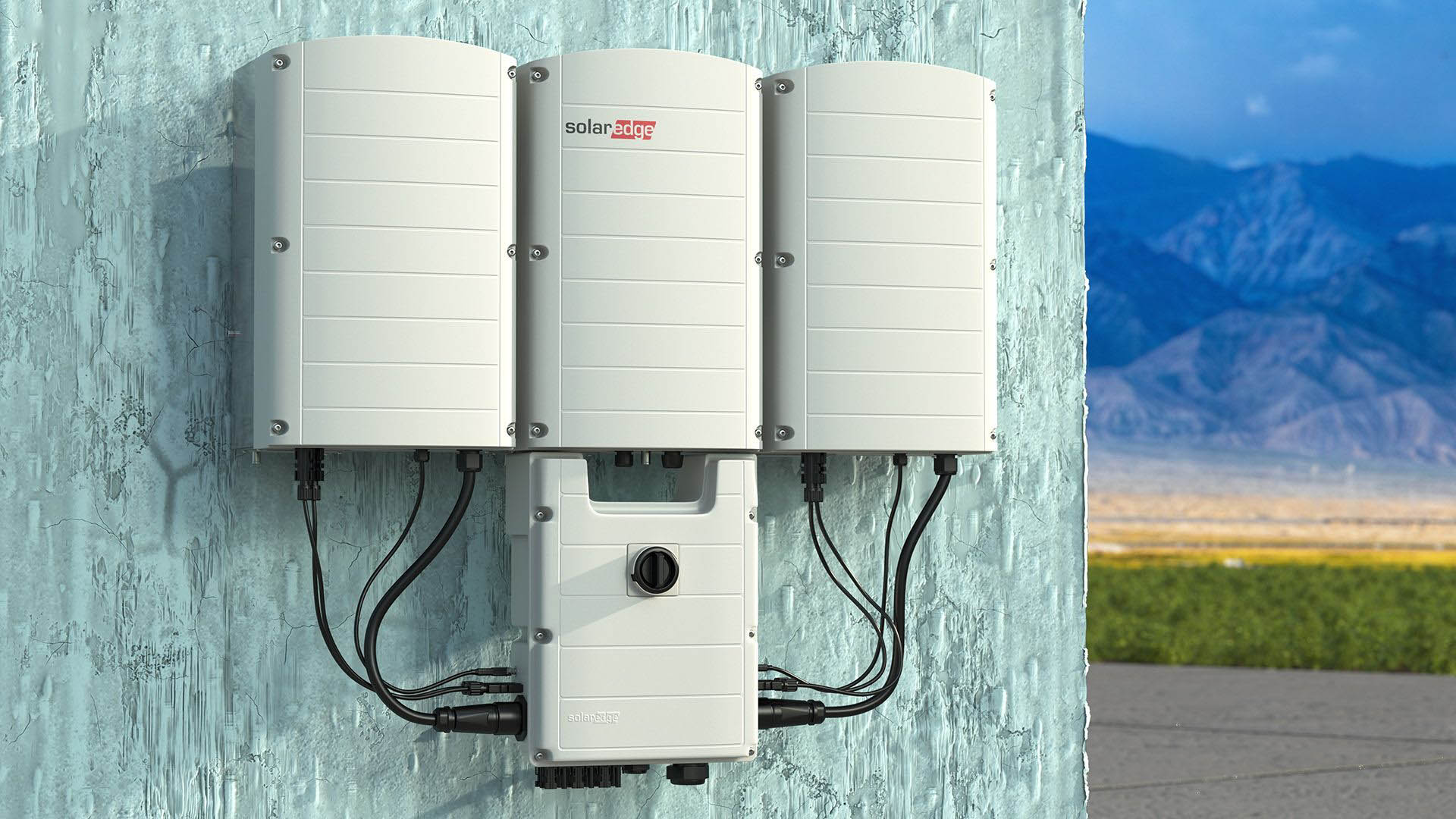
Mounting and Sun-tracking Systems
Your mounting system secures solar panels to your roof or ground, positioning them for optimal sunlight and ensuring stability against weather. While most systems use fixed mounts, some advanced setups use sun-tracking systems. These trackers physically move your solar panels throughout the day to constantly face the sun and optimize energy production.
Wiring and Cabling
Wiring and cabling form your solar PV system's electrical backbone. Cables connect solar panels to the inverter (DC electricity) and then to your home (AC power). Disconnect switches are a crucial safety feature, allowing you to isolate the system when needed and ensuring efficient power flow from your solar panels.
Home Battery Storage (ESS)
Home batteries, also known as Energy Storage Systems (ESS), are an optional but highly impactful component of residential PV system. They are designed to store excess energy for later, on-demand use. Energy storage systems are useful for powering your home at night or during grid outages, increasing your energy independence.
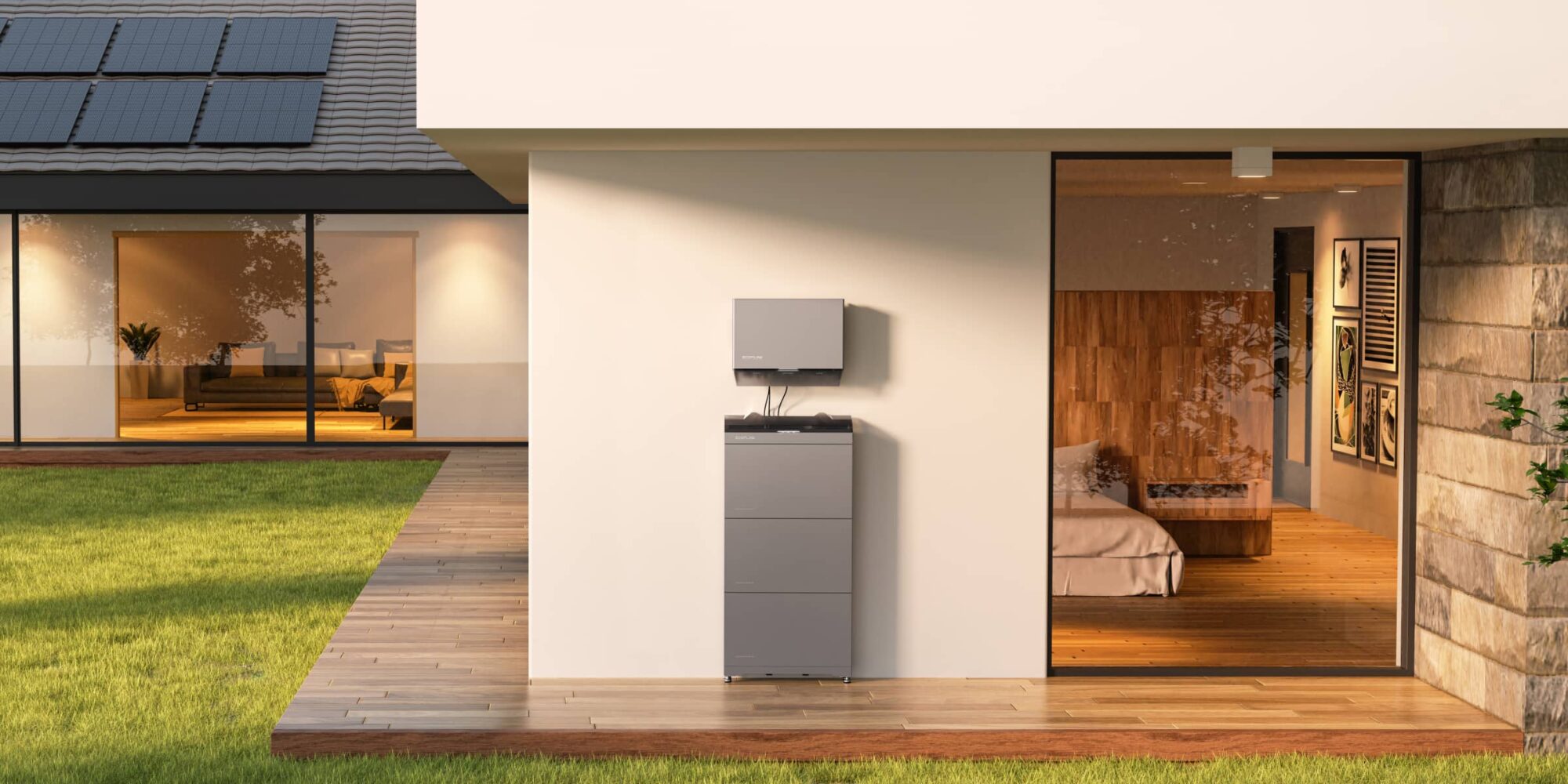
Monitoring Systems
Most modern photovoltaic systems come with a basic interface to track your solar production. This data is usually available through a web portal or mobile app, showing you how much electricity your panels are generating in real-time. For comparison, Homey Energy gives you advanced energy insights and opens the door for controlling smart devices beyond PV systems.
Integrating Solar Production Data into Your Smart Home
For a solar system to truly be 'smart', your smart home needs direct access to its energy production data. This integration is essential for any effective automation and energy optimization.
Solar production data is typically made available through your inverter's system. Smart home hubs, like Homey, can connect to various smart inverters and solar panel models and pull real-time and historical generation figures. This data is used for creating actionable insights, analysis, and automating your home's energy management based on actual solar output.
For an even clearer energy usage picture, smart energy meters like the Homey Energy Dongle can be integrated into your smart home. Smart energy meters pull real-time information about your solar and grid electricity usage (both import and export), gas, and sometimes water consumption. When combined with data from your inverter and home battery, Homey gets a complete picture of your home's energy situation: how much you're producing, how much you're using, and your direct interaction with the grid.
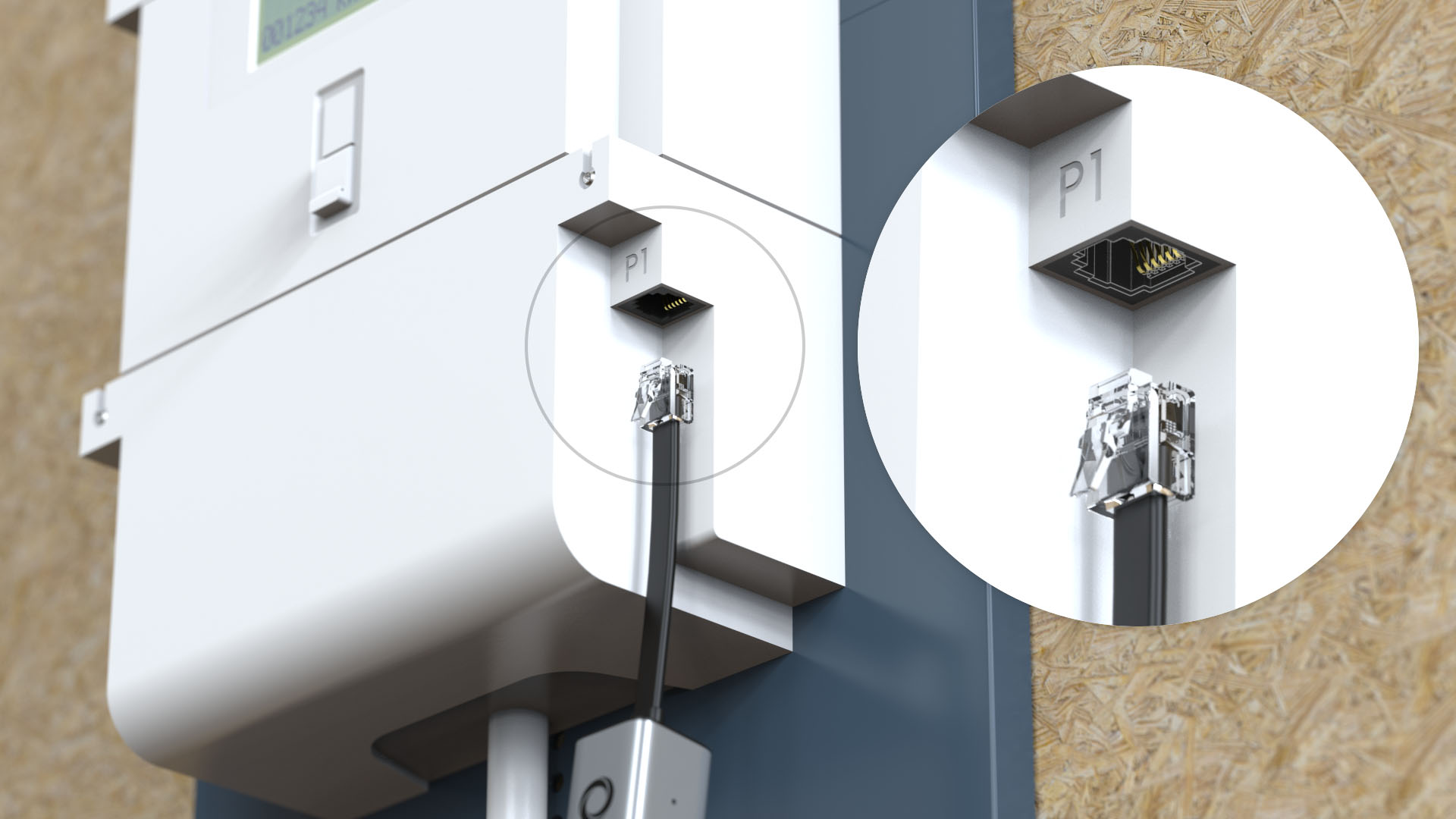
Solar Energy Management in a Smart Home
With your solar production data flowing into your smart home, its advanced automation capabilities can create an intelligent system that responds to your energy generation in real-time.
Smart Load Balancing
Smart load balancing dynamically adjusts how specific devices draw power, optimizing the immediate use of electricity from your solar panels and preventing grid overloads. This strategy ensures that your smart home efficiently distributes available power, maximizing direct self-consumption from your solar production.
Homey monitors your total grid import and export through the Homey P1 Energy Dongle. If a solar surplus occurs, Homey Flows can direct that excess energy to flexible loads like an EV charger or a heat pump. Conversely, if your grid import approaches a pre-set limit during a solar deficit, Homey can automatically reduce power to non-critical devices to prevent higher tariffs or tripped circuit breakers.
Smart Appliance Scheduling
Smart appliance scheduling focuses on automatically running energy-intensive appliances when your solar panels are producing a significant amount of electricity, effectively utilizing your "free" self-generated power within your smart home. This minimizes your reliance on grid electricity for these tasks.
For instance, Homey Advanced Flows can automatically trigger energy-heavy devices when your solar panels are producing a surplus. If solar production exceeds 2KW for 15 minutes and the current electricity prices are low, Homey starts the dishwasher. This ensures you use your self-generated solar power directly, rather than drawing more expensive electricity from the grid. This same logic can apply to washing machines, tumble dryers, or your heat pump.
Dynamic Tariffs and Solar Generation
Integrating dynamic electricity tariffs with your solar panels' generation data allows your smart home to make more economically justified usage decisions. In other words, you buy grid power when it's cheapest and use your solar energy when it's more expensive.
When solar panels produce a solar surplus, Homey can use this information in combination with future tariff predictions. For instance, a Homey Flow could direct your smart devices to consume more power if a high solar surplus coincides with a period before grid prices are expected to rise, effectively "banking" your own energy. Similarly, during a solar deficit, Homey can prioritize running essential devices when grid prices are at their absolute lowest.
Optimizing Home Battery Usage
Home batteries become incredibly powerful when their usage is optimized by your smart home, directly leveraging the output from your solar panels. This ensures you store solar surplus for later use and strategically discharge during high-cost periods.
Homey intelligently manages your energy storage system to maximize the value of your solar panels' output. For example, if a solar surplus occurs, a Homey Flow can activate your home battery to charge exclusively from that excess production. Conversely, during peak grid pricing periods or a significant solar deficit, Homey can instruct the battery to discharge and power your home, avoiding costly grid imports and maximizing your energy self-sufficiency.
Intelligent Climate Control
Integrating your smart home's climate control with your solar panels' production data allows for proactive and highly efficient heating and cooling strategies. Your home uses available solar energy to maintain comfort, reducing reliance on the grid.
Homey connects to various smart thermostats, smart air conditioners and even smart grid-ready heat pumps. A Homey Flow might, for example, trigger your system to pre-heat your home's hot water tank or adjust room temperatures when the solar surplus from your panels is strong. This effectively uses your own energy to prepare for later needs, reducing energy demand from the grid, especially if a solar deficit is expected later in the day.
The Ultimate Solar Smart Home
Solar data, in isolation, offers little practical value. Its true power emerges only when you use it to take action. Integrating solar photovoltaics into a smart home environment transforms raw production figures into tangible benefits. You gain significant cost savings by consuming more of your self-generated power and relying less on expensive grid electricity. This approach also leads to increased energy independence, making your home more resilient to power outages and market price fluctuations.
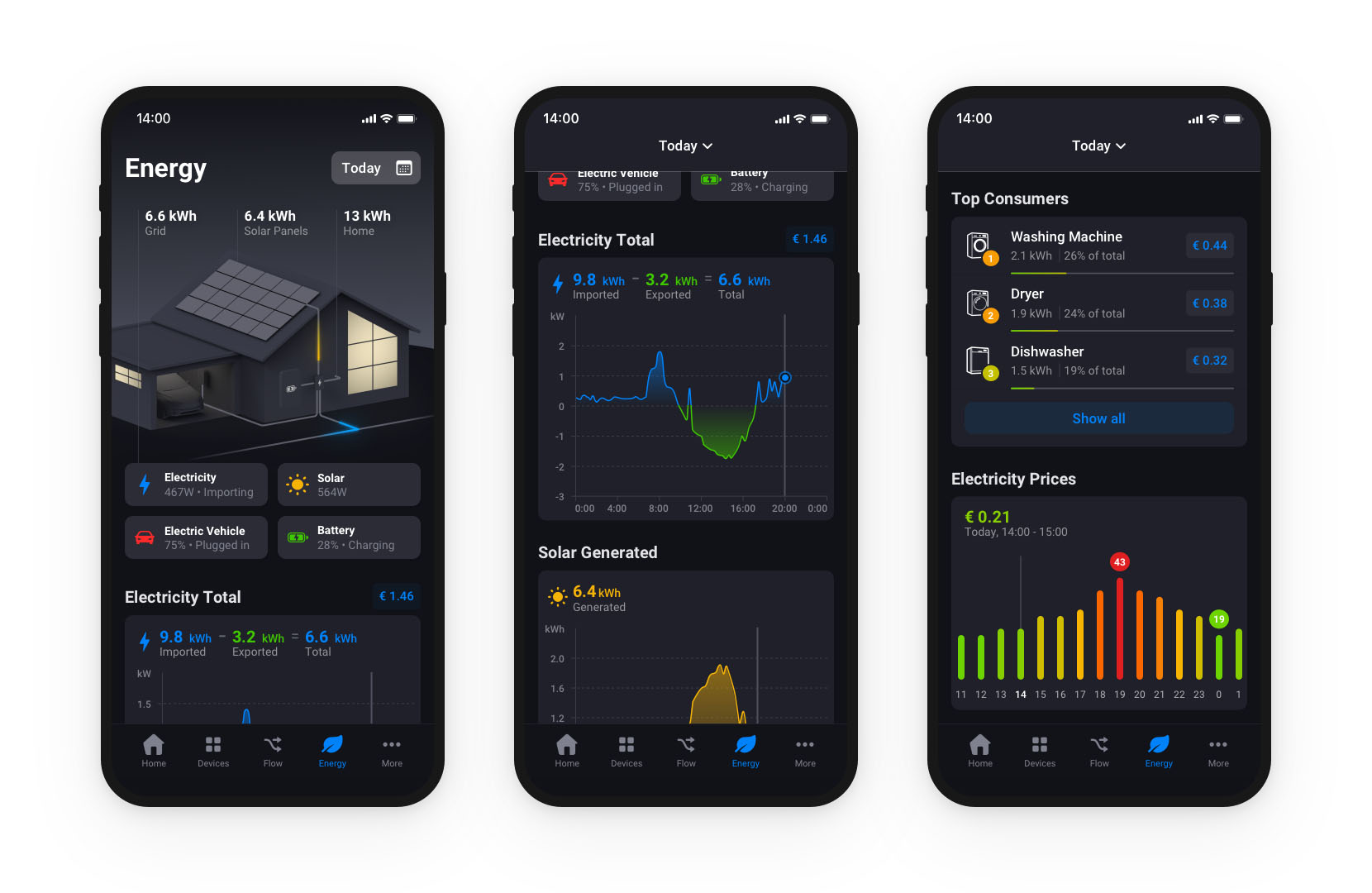
This is where a dedicated Home Energy Management System (HEMS) like Homey becomes indispensable. Homey centralizes all your solar production, grid interaction, and home consumption data, turning it into actionable insights. Its powerful automation platform allows you to create Flows that dynamically shift appliance usage, optimize home battery charging and discharging, and intelligently manage EV charging based on real-time solar surplus or deficit.
Homey's ability to simplify and easily automate these energy interactions means your smart home actively works to maximize your solar investment, making your home not just energy-efficient, but truly energy-intelligent. Get started today for free with Homey Cloud or go full-on with Homey Pro.







